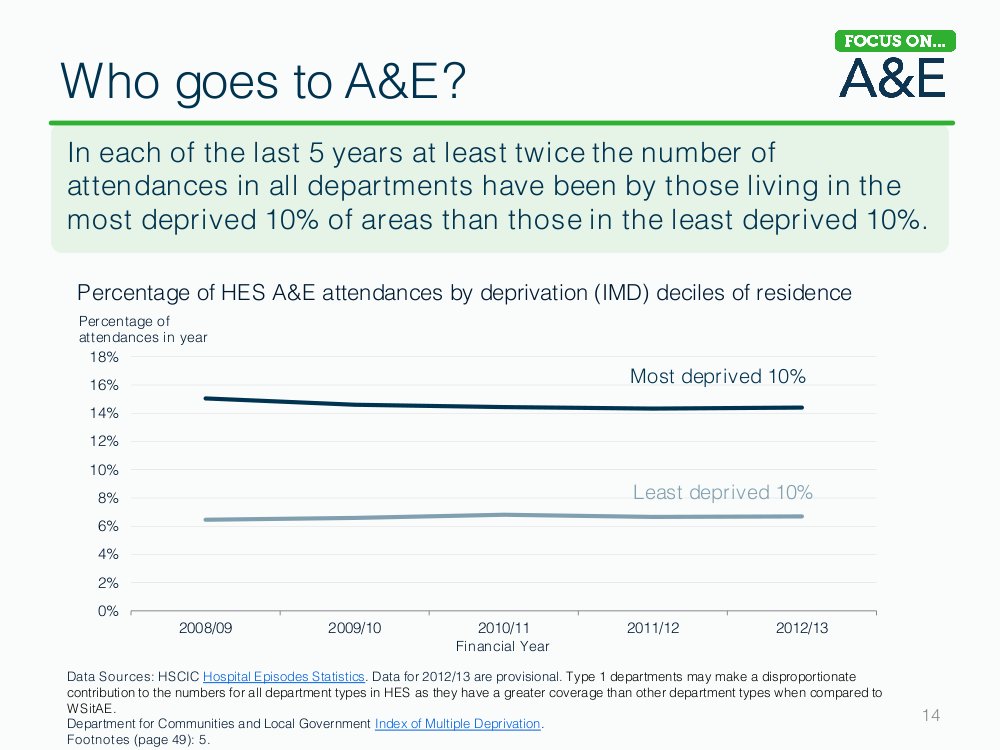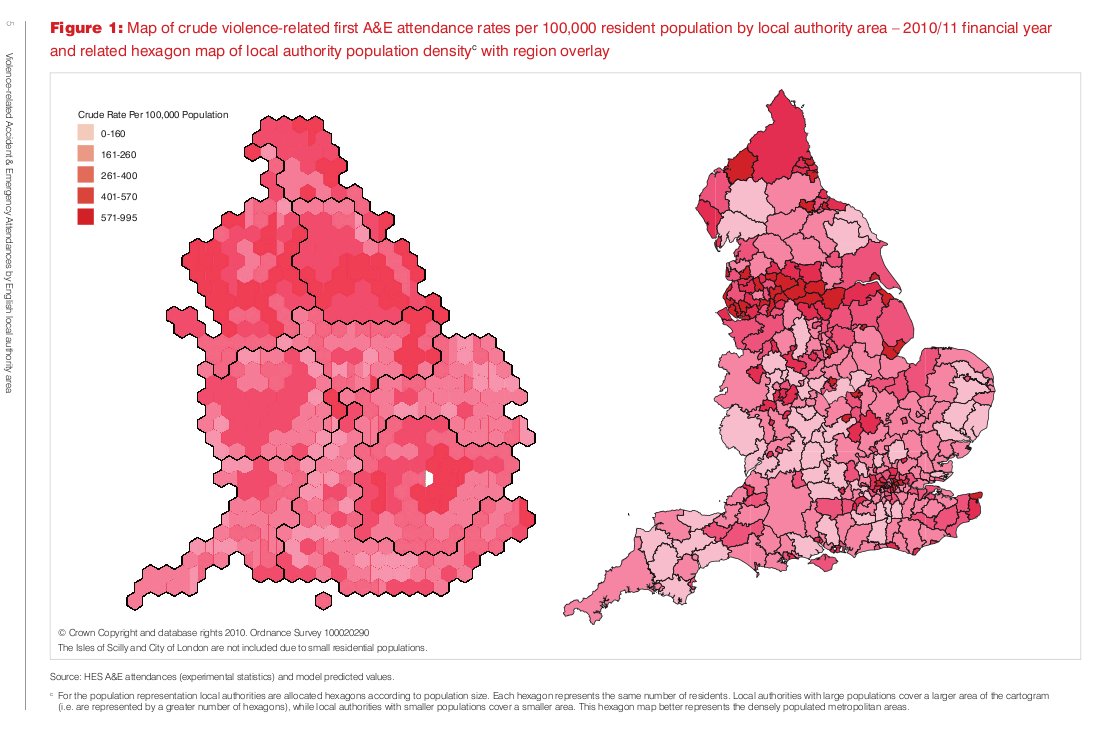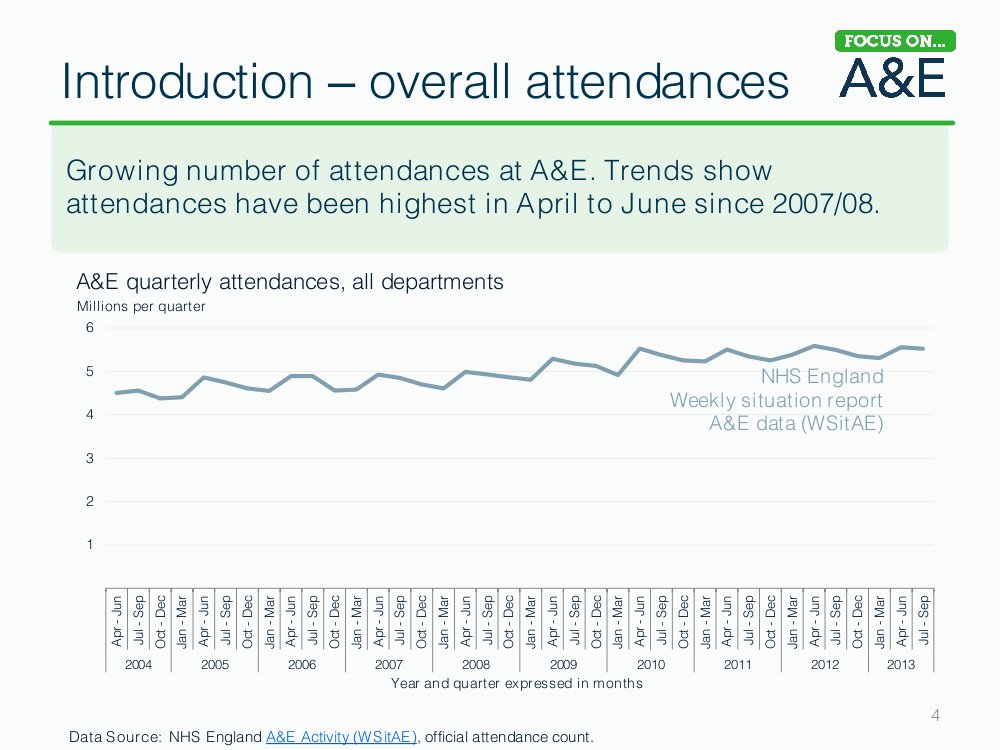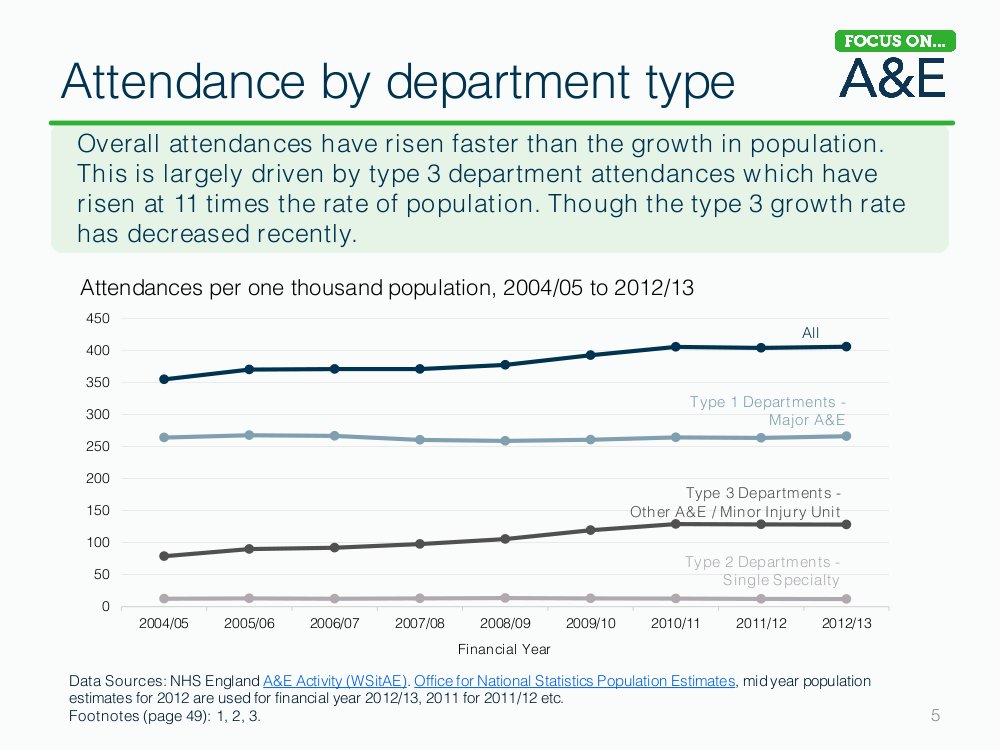Recent data on A&E attendance show that deprivation and mental ill health are both strongly linked to high levels of A&E attendance.
So-called “austerity” economic policies have cut jobs and wages and introduced welfare reforms with adverse effects that have given rise to “grave concerns” among many South West Yorkshire Partnership Trust Foundation service users, carers and staff.
Data in Focus on Accident & Emergency, 3rd Dec 2013, by the Health and Social Care Information Centre (hscic) show that in each of the last 5 years, A&E attendance by people living in the most deprived 10% of areas is double the rate of those living in the least deprived 10%

Other data, from a recent study of Violence-related Accident & Emergency Attendances by English local authority area, show a strong positive correlation between deprivation and violence-related A&E attendance. There is also a relationship between urbanity and violence-relate A&E attendance , but this is weaker than the one between deprivation and violence-related A&E.
Approximately 59% of the variance in A&E attendance rates across England can be explained by levels of deprivation or levels of urbanity.
Calderdale has one of the highest rates of violence-related A&E attendance
In 2010/11, Calderdale and Huddersfield NHS Trust had 2,110 violence-related A&E first attendances.
Calderdale has one of the highest rates of violence-related A&E attendance, at 592.3 per 100,000 population. (2010/11 figures)
This compares to an average for Yorkshire and the Humber of 508.9 per 100,000. Yorkshire and the Humber has the second highest rate in England for violence-related A&E attendance.
This suggests that improved Public Health Outcomes in Calderdale, such as tackling levels of domestic abuse and violence in general, could reduce pressures on Calderdale A&E.
And that improving people’s jobs, wages, education, health – lifting communities out of deprivation – would also reduce pressures on Calderdale A&E.
Adverse effects of Coalition government’s welfare reforms
From a July 2012 focus group, as well as from staff and public meetings held to address “grave concerns” about the adverse effects of welfare reform, South West Yorkshire Partnership NHS Foundation Trust (SWYPFT) heard that:
“People are very concerned. It is putting a strain on services and the public we serve.”
(Info source: NHS Calderdale CCG Annual Statement of Involvement 2012-13, by Dawn Pearson, Senior Associate for Public and Patient Engagement and Experience, SWYBCSU.)
Hebden Bridge health and wellbeing community group Soup Dragon has noticed a correlation between financial hardship and mental illness.
NHS and Social Care funding cuts have put pressure on Calderdale A&E & urgent care
Calderdale CCG’s 14/11/2013 Performance Report shows that A&E demand is down in Calderdale and Huddersfield A&E departments, but that the number of patients in acute beds who are ready and waiting for discharge is up. There is a lack of places to discharge patients to, when they are ready to leave acute beds – unsurprising, given cuts to funding for social care, GP practices and district nurses.
There have been big cuts to GP funding. Between 2010 and 2013 the amount spent in general practice per person in England dropped by 7% in real terms, amounting to a real terms loss of £943m over three years. (info source: Put Patients First campaign )
GPs say that solving the problem of A&E will require spending more on primary care.
Other health professionals who support general practice have also seen their workforces shrink. The number of district nurses – who play a vital role in delivering care in the community – has plummeted by 40% in the past decade.
No real increase in A&E attendance over last 3 years
Despite all the politicians’ hooha about a massive increase in A&E attendances, data in Focus on Accident & Emergency, 3rd Dec 2013, by the Health and Social Care Information Centre (hscic) show that there hasn’t been any real increase over the last 3 years.
The real rises occurred in 2008/9 and again in 2009/10, when the financial crisis hit the economy and the Coalition government responded by cutting public spending, leading to a prolonged economic depression where wages and jobs fell and inequalities between the rich and the rest increased.
Since the steep rise in Apr-June 2010, A&E attendance has more or less flat lined at this higher level.
The HSCIC data distinguish between admissions to Type 1 A&E Departments (Major A&E) and admissions to Type 3 A&E Departments (Other A&E and minor injuries).
Most Major A&E admissions are either very young or very old. Interestingly, in the light of all the hooha about the pressures on A&E from our aging population, just about all the increase in A&E admissions since 2008/9 have been to Type 3 A&E departments.
Attendances here have risen 11 times faster than the increase in population, though the type 3 growth rate has decreased recently.





